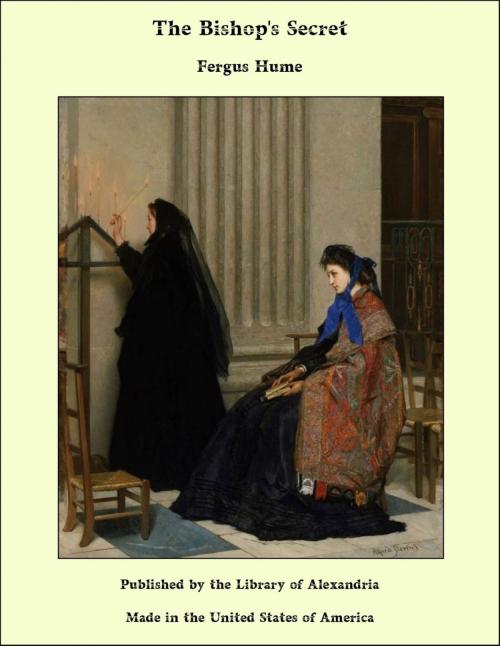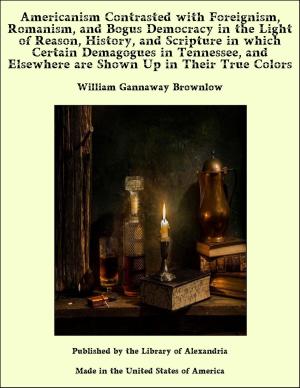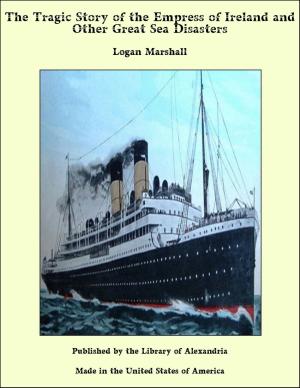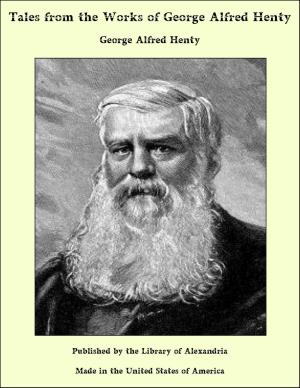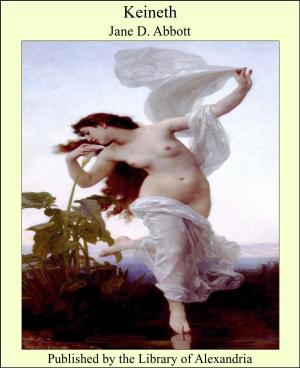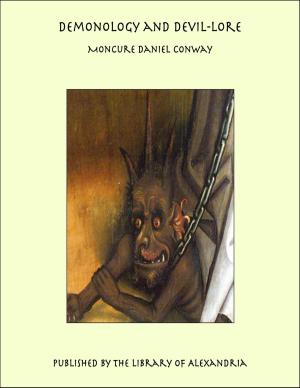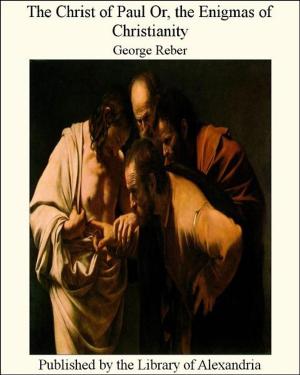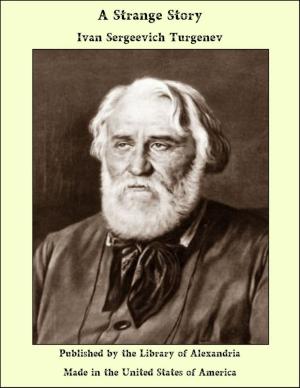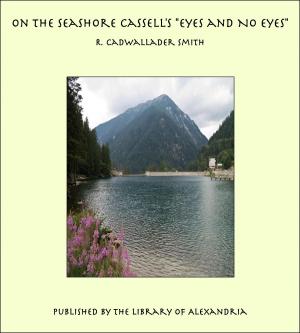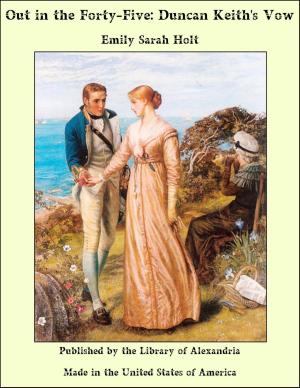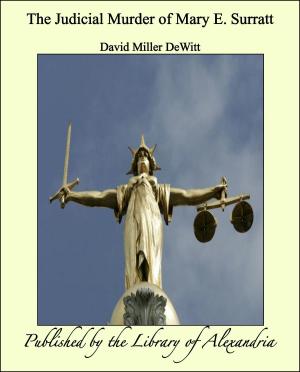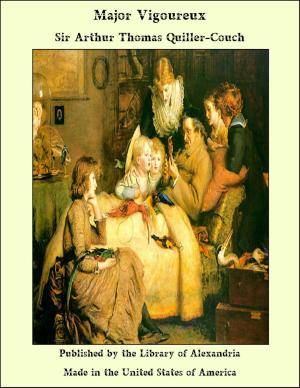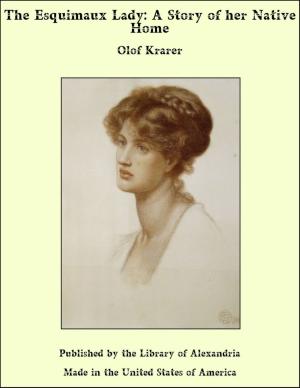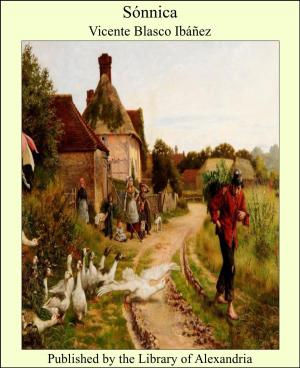| Author: | Fergus Hume | ISBN: | 9781465560407 |
| Publisher: | Library of Alexandria | Publication: | July 29, 2009 |
| Imprint: | Library of Alexandria | Language: | English |
| Author: | Fergus Hume |
| ISBN: | 9781465560407 |
| Publisher: | Library of Alexandria |
| Publication: | July 29, 2009 |
| Imprint: | Library of Alexandria |
| Language: | English |
In his earlier works, notably in "The Mystery of a Hansom Cab" and "The Silent House in Pimlico," Mr. Hume won a reputation second to none for plot of the stirring, ingenious, misleading, and finally surprising kind, and for working out his plot in vigorous and picturesque English. Mr. Hume's treatment of the peculiar and exclusive ecclesiastical society of a small English cathedral city is quite worthy of Anthony Trollope, and his leading character, Bishop Pendle, is equal to Trollope's best bishop. The Reverend Mr. Cargrim, the Bishop's poor and most unworthy protegè, is a meaner Uriah Heep. Mrs. Pansey is the embodiment of all shrewishness, and yields unlimited amusement. The Gypsies are genuine—such as George Borrow, himself, would have pictured them—not the ignorant caricatures so frequently drawn by writers too lazy to study their subject. Besides these types, there are several which seem to have had no exact prototypes in preceding fiction. Such are Doctor Graham, "The Man with a Scar," the Mosk family—father, mother, and daughter—Gabriel Pendle, Miss Winchello, and, last but not least, Mr. Baltic—a detective so unique in character and methods as to make Conan Doyle turn green with envy. All in all, this story is so rich in the essential elements of worthy fiction—in characterization, exciting adventure, suggestions of the marvelous, wit, humor, pathos, and just enough of tragedy—that it is offered to the American public in all confidence that it will be generally and heartily welcomed
In his earlier works, notably in "The Mystery of a Hansom Cab" and "The Silent House in Pimlico," Mr. Hume won a reputation second to none for plot of the stirring, ingenious, misleading, and finally surprising kind, and for working out his plot in vigorous and picturesque English. Mr. Hume's treatment of the peculiar and exclusive ecclesiastical society of a small English cathedral city is quite worthy of Anthony Trollope, and his leading character, Bishop Pendle, is equal to Trollope's best bishop. The Reverend Mr. Cargrim, the Bishop's poor and most unworthy protegè, is a meaner Uriah Heep. Mrs. Pansey is the embodiment of all shrewishness, and yields unlimited amusement. The Gypsies are genuine—such as George Borrow, himself, would have pictured them—not the ignorant caricatures so frequently drawn by writers too lazy to study their subject. Besides these types, there are several which seem to have had no exact prototypes in preceding fiction. Such are Doctor Graham, "The Man with a Scar," the Mosk family—father, mother, and daughter—Gabriel Pendle, Miss Winchello, and, last but not least, Mr. Baltic—a detective so unique in character and methods as to make Conan Doyle turn green with envy. All in all, this story is so rich in the essential elements of worthy fiction—in characterization, exciting adventure, suggestions of the marvelous, wit, humor, pathos, and just enough of tragedy—that it is offered to the American public in all confidence that it will be generally and heartily welcomed
